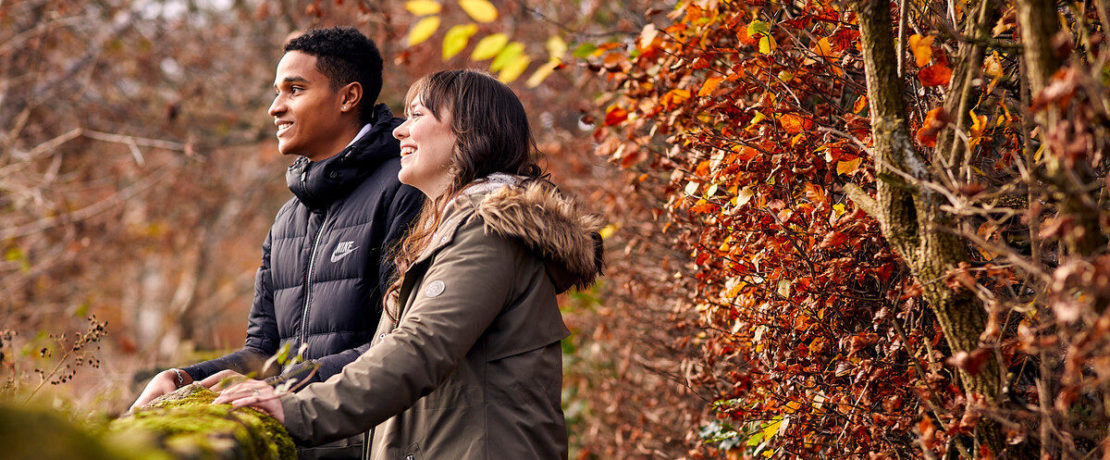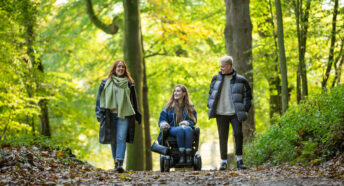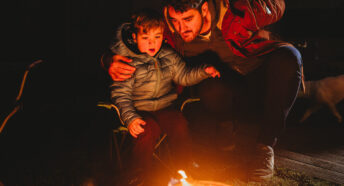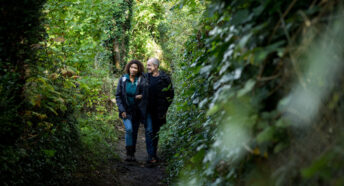A countryside walk in November
During November, autumn gently ebbs away as the last of the leaves fall. Towards the end of the month, much of our natural world breathes a deep sigh before their winter rest. But, before that happens, there’s still plenty of wildlife activity. Read on to find out more.
We’re approaching our coldest and darkest months of the year. The dramatic reduction in daylight hours and plummeting temperatures are clear cues for wildlife – for many mammals, it’s time to prepare their winter hibernation spots. For birds, it’s time to search for food on our shores. Not all wildlife goes dormant during the colder months – and in fact the countryside is full of wildlife in November!
Busy mammals
November is a really good time to spot mammals. Hedgehogs will be scurrying about trying to find a suitable place to hibernate. They’re particularly fond of brash or leaf piles (brash includes twigs and branches). These are some of our best habitats for wildlife. So, a reminder: please check your bonfires before lighting them. According to the 2022 State of Britain’s Hedgehogs Report, our hedgehogs have seen dramatic decline over the last two decades, so we need to do everything we can to protect them.
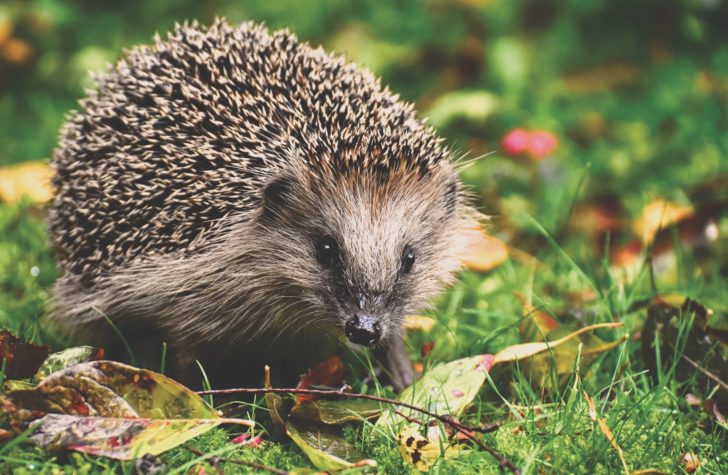
Dormice, squirrels, and voles are also busy stacking their larders for winter. Typically, they can be found around hedgerows and woodland foraging for food. If you walk along a hedgerow this month, take it slow and listen out. You might notice movement in the undergrowth – this could be a mice or vole preparing their winter homes!
Foxes are also active this month, both in urban and rural areas. They’ll be breaking away from the safety of the family unit in search of new territories to breed. So, a walk this month (particularly during the evening) may indeed feature a bold and intrepid fox, seeking pastures new.
A dance in the sky
There’s a lot to be said about birds during November (and through winter), but starlings deserve their own section! In November, you might be lucky enough to witness one of the most stunning natural spectacles there is: a starling murmuration. These murmurations are essentially thousands and thousands of starlings flying in unison in the sky. It’s breathtaking to see; a constantly transforming mass of birds, which pulsates, shifts and changes as the starlings swoop and dive.
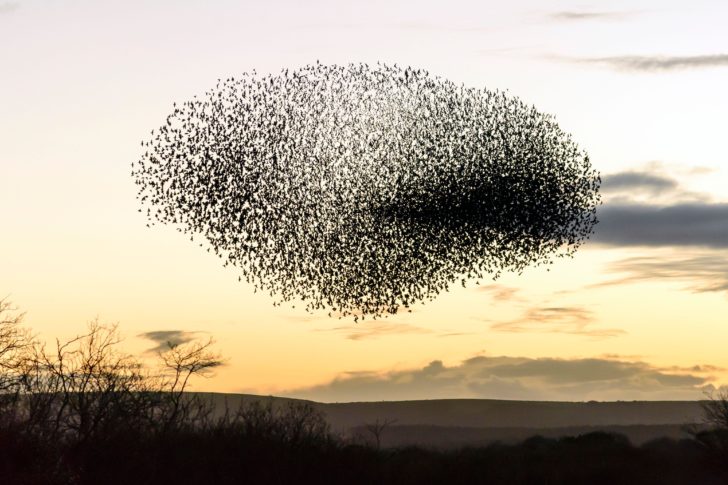
These murmurations occur from around November, when resident starlings are joined by their migrant counterparts from Europe. While we’re not exactly certain why they happen, it’s thought that it’s a combination of things: safety in numbers, exchanging chatter and information, and to keep warm.
Want to see a murmuration this year? Here are some tips!
- Murmurations usually occur over communal roosting sites. This map might help as a guide – it contains reported roosting sites across the UK.
- They often occur around man-made structures like piers, as well as woodland, reed beds and open countryside. Some of the UK’s nature reserves are perfect murmuration sites.
- The best time to spot a murmuration is at dusk.
- Some places in the UK are almost guaranteed spots for murmurations – but they can be extremely busy.
Winter birds
We are witnessing a slow and gradual decline of British birds and this is something we all need to do something about. But, for now, there are still many different types of birds to see in November. In fact, one of the things that makes birds so special is that they provide colour and joy to our lives for much of the year.
Head to our estuaries and mudflats this November and you might spot a range of migratory birds that have travelled to Britain to take advantage of our milder winters. Among many others, look out for knots, dunlins and lapwings who ‘work’ the soggy lowlands, searching for food. Also look out for huge flocks of geese and swans; thousands of barnacle and pink-footed geese travel from far and wide to reach our (relatively) milder shores. Of course, where loads of birds gather, so too do birds of prey – like peregrine falcons.
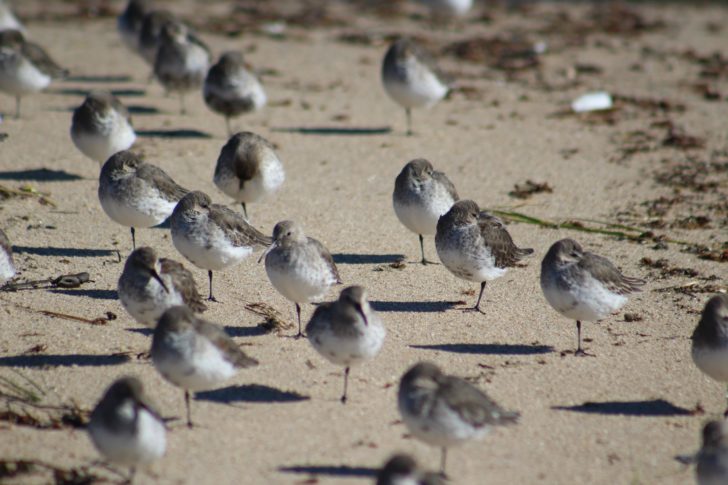
In farmland, parks and gardens, many of our more familiar birds are still flitting around. Resident blackbirds, thrushes and finches will be joined by their migratory counterparts, bolstering numbers somewhat. They’ll be on the lookout for hedgerow berries, nuts and seeds – and plenty of fatty food to see them through the winter.
Check out the RSPB website for your full guide to birds throughout the year.
Butterflies holding on
Butterflies… in November?! You heard us right. One or two species of butterfly can still be found in November – particularly if temperatures are fairly mild. Without a doubt the most likely one you’ll spot is the glorious and bold red admiral. Red admirals feed on sugary (possibly slightly fermented) fallen fruit, as well as ivy flowers – which are one of the best sources of nectar at this time of year. Look out for red admirals on farmland and open countryside – particularly where the hedgerows are bountiful and diverse.
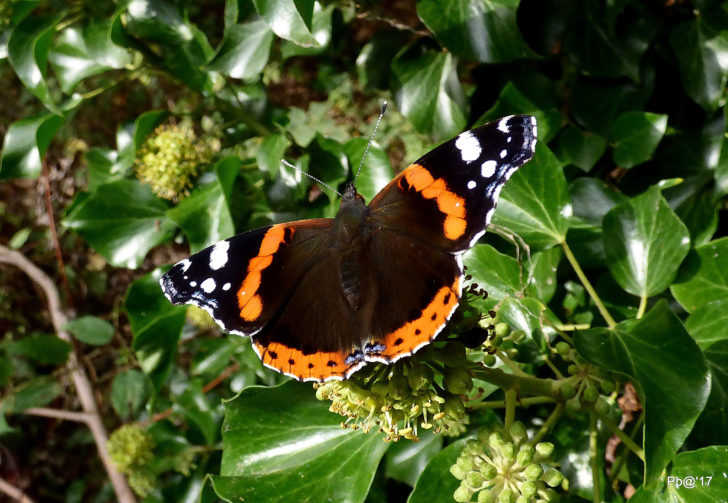
Some British butterflies hibernate as butterflies during the winter – the comma, brimstone, small tortoiseshell and peacock. As such, you might get very lucky and spot one of these before they settle down for the winter – though chances are it’ll be the red admiral you see.
Finally, look out for the November moth in parks, gardens and countryside. These are fairly inconspicuous mottled brown moths that you might spot on an evening walk – and given its name, we had to include it!
Unfortunately, the 2022 Big Butterfly Count saw the lowest number of butterflies counted since the project began. Find out how you can help butterflies here.
Your November walk
There should be plenty of opportunities to see wildlife in November in your local countryside, green spaces and parks. Be sure to wrap up, take it slowly and listen out for critters. If you manage to get any wildlife snaps, get in touch with us on Facebook, Twitter or Instagram. We’d love to share them! Check back next month and find out what to look out for on a countryside walk in December.
